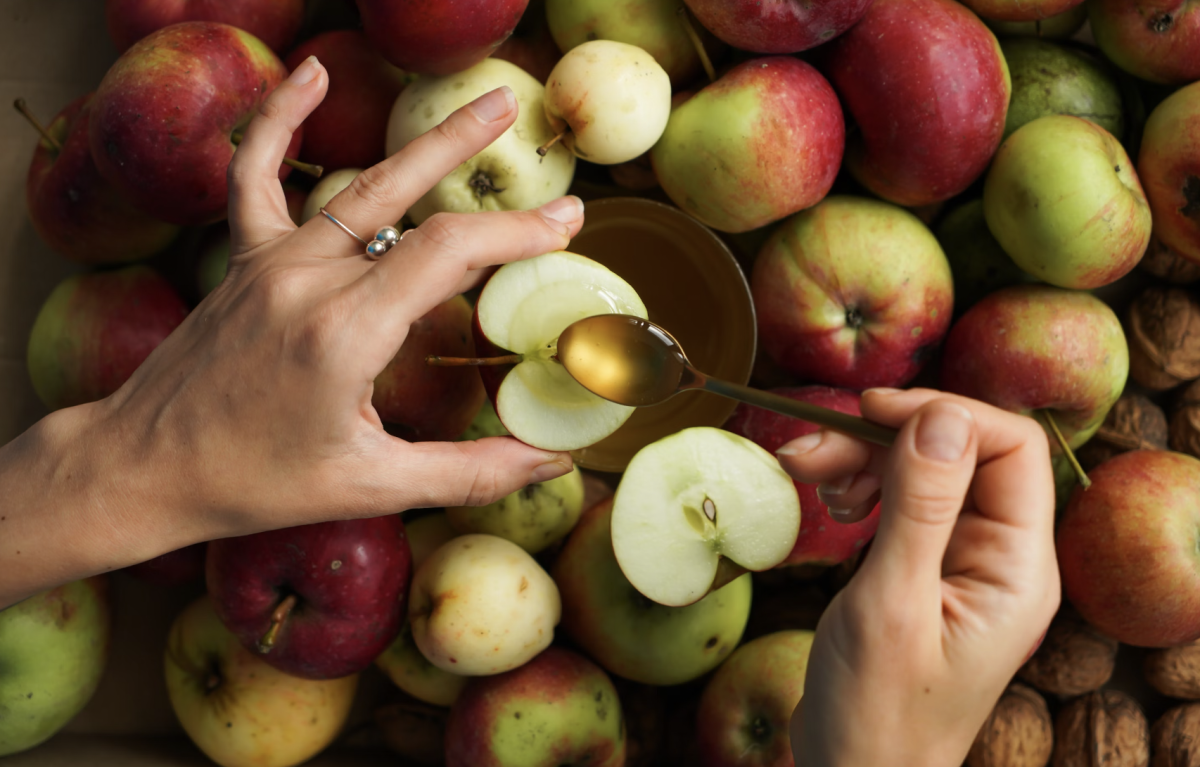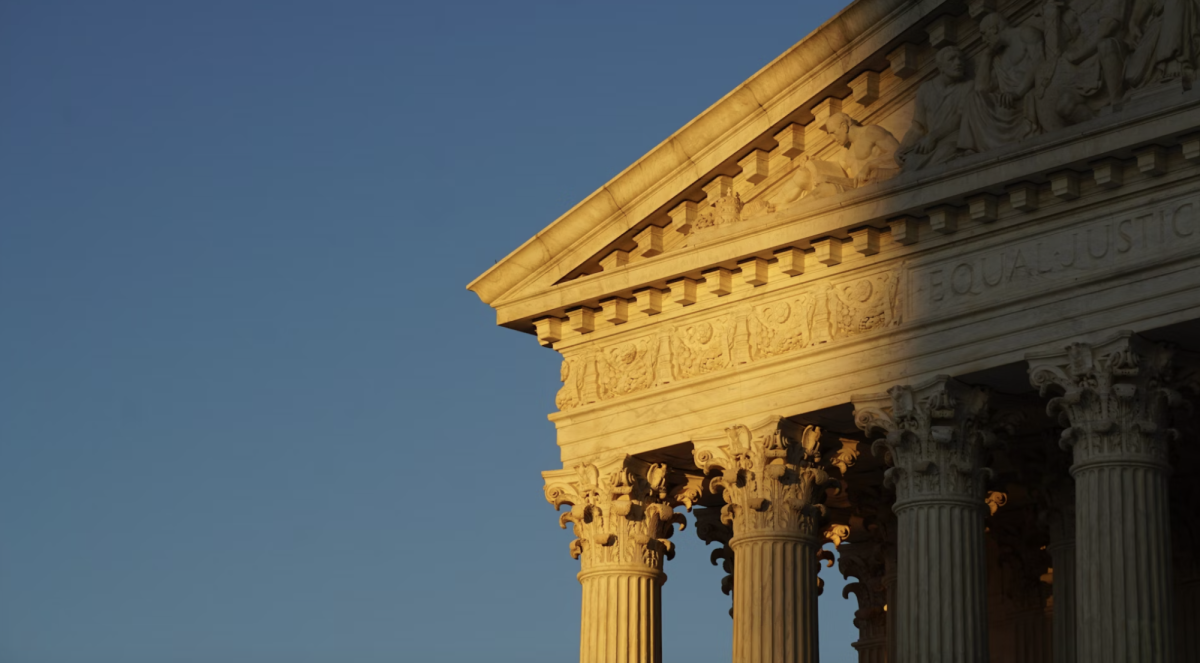Rosh Hashanah, the Jewish New Year, is one of Judaism’s holiest days. Celebrated as the “head of the year” or the “first of the year,” this important holiday begins on the first day of Tishrei, the seventh month of the Hebrew calendar. It usually falls in September or October.
This year, Rosh Hashanah is observed on October 3rd and 4th. Beyond celebrating the creation of the universe, Rosh Hashanah also celebrates the start of the Days of Awe—ten days of reflection leading up to Yom Kippur, known as the Day of Atonement.
In contrast to the loud festivities typically associated with New Year’s celebrations, Rosh Hashanah is a time for quiet reflection. While some Jewish communities mark the holiday for two days, others observe it for just one.
During this sacred time, some religious individuals refrain from work and dedicate a significant portion of the holiday to prayers in Temples. Special prayer books called machzor are used during Rosh Hashanah and Yom Kippur, which contain unique, specific texts, melodies, and customs for these High Holy Days.
A custom during Rosh Hashanah is the eating of apples and honey. The practice involves dipping apple slices into honey and a special prayer. Ancient Jews regarded apples as having healing properties, while honey symbolizes the hope for a sweet new year. Rosh Hashanah meals typically feature an array of sweet treats to embody this sentiment.
Many Jewish communities also blow the shofar, a curved ram’s horn, during Rosh Hashanah, with this sound serving to usher in the holiday. The shofar is also blown on Yom Kippur, marking the ceremonial conclusion of the High Holy Days.
Additionally, some celebrate by participating in the Tashlich ceremony, during which people pray near a body of water and cast pieces of bread or other food into the water, symbolizing the casting away of sins.
If you are celebrating Rosh Hashanah, we wish you a wonderful year ahead—or, Shanah tovah!








